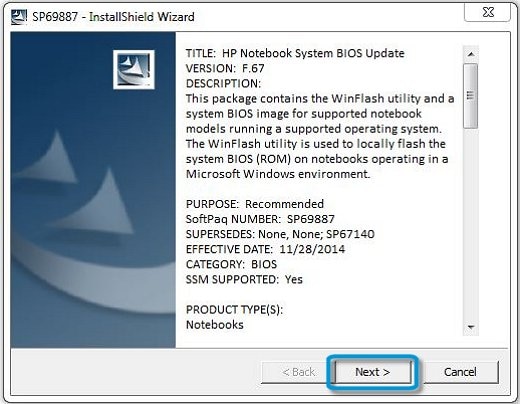

In October 2020, Arm announced the extension of the program to the edge and IoT market. SBBR requires UEFI, ACPI and SMBIOS compliance. The program requires the system firmware to comply with Server Base Boot Requirements (SBBR).

In October 2018, Arm announced Arm ServerReady, a compliance certification program for landing the generic off-the-shelf operating systems and hypervisors on Arm-based servers. It added network authentication and the user interface architecture ('Human Interface Infrastructure' in UEFI). Version 2.1 of the UEFI specification was released on 7 January 2007. Version 2.0 of the UEFI specification was released on 31 January 2006. The original EFI specification remains owned by Intel, which exclusively provides licenses for EFI-based products, but the UEFI specification is owned by the UEFI Forum. In July 2005, Intel ceased its development of the EFI specification at version 1.10, and contributed it to the Unified EFI Forum, which has developed the specification as the Unified Extensible Firmware Interface (UEFI). Tiano has since then been superseded by EDK and EDK2 and is now maintained by the TianoCore community. The first open source UEFI implementation, Tiano, was released by Intel in 2004. It was later renamed to Extensible Firmware Interface (EFI). The effort to address these concerns began in 1998 and was initially called Intel Boot Initiative. BIOS limitations (such as 16-bit real mode, 1MB addressable memory space, assembly language programming, and PC AT hardware) had become too restrictive for the larger server platforms Itanium was targeting. The original motivation for EFI came during early development of the first Intel–HP Itanium systems in the mid-1990s. UEFI is independent of platform and programming language, but C is used for the reference implementation TianoCore EDKII. In 2005, UEFI deprecated EFI 1.10 (the final release of EFI). Some of the EFI's practices and data formats mirror those of Microsoft Windows. Intel developed the original Extensible Firmware Interface ( EFI) specifications. UEFI replaces the BIOS which was present in the boot ROM of all personal computers that are IBM PC-compatible, although it can provide backwards compatibility with the BIOS using CSM booting. Examples of firmware that implement these specifications are AMI Aptio, Phoenix SecureCore Tiano, TianoCore EDK II and InsydeH2O. They define the architecture of the platform firmware used for booting and its interface for interaction with the operating system. UEFI ( Unified Extensible Firmware Interface) is a set of specifications written by the UEFI Forum. They can use different I/O protocols, but SPI is the most common. The UEFI implementation is usually stored on a NOR-based EEPROM that is located on the mainboard.


 0 kommentar(er)
0 kommentar(er)
